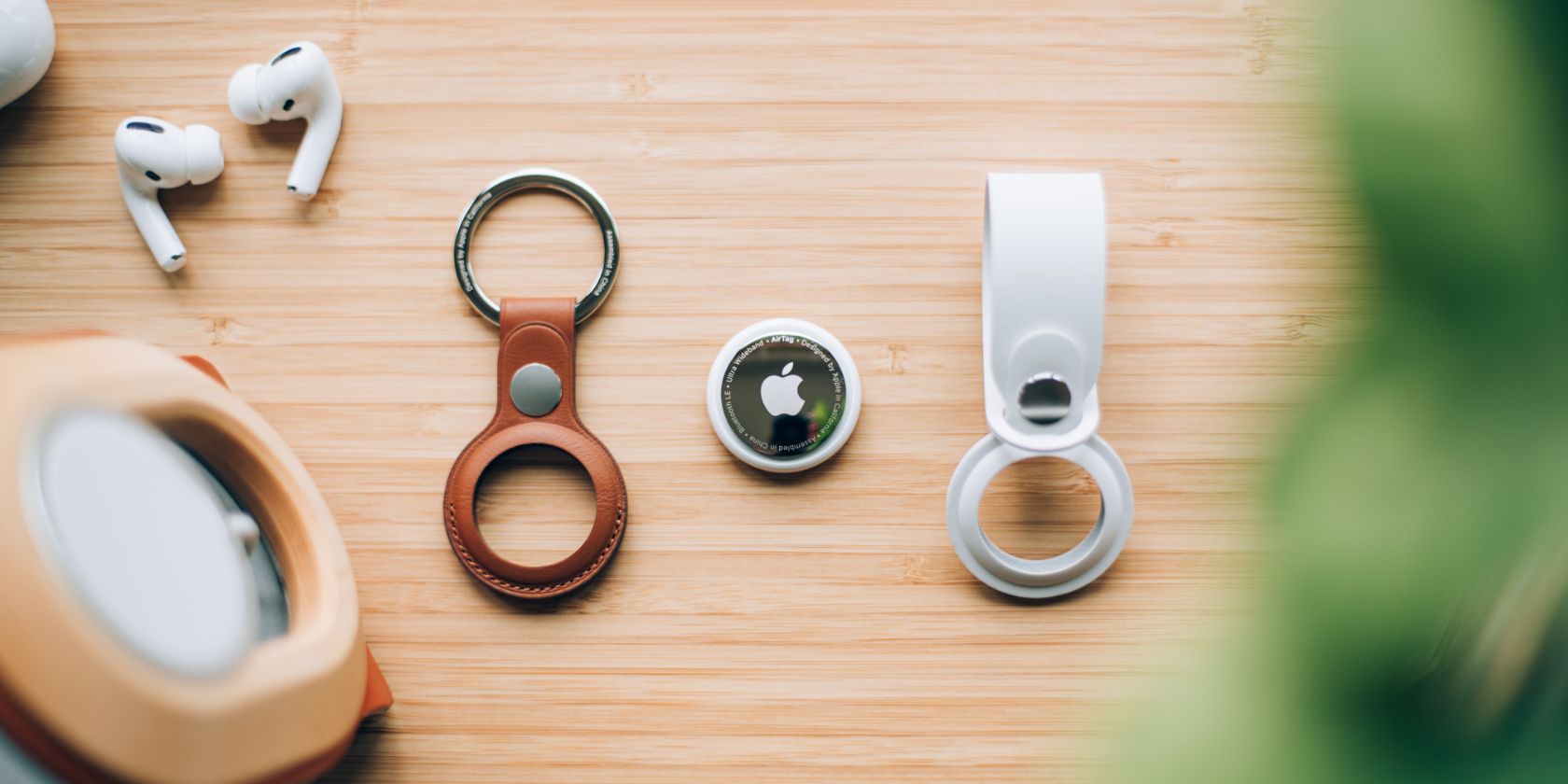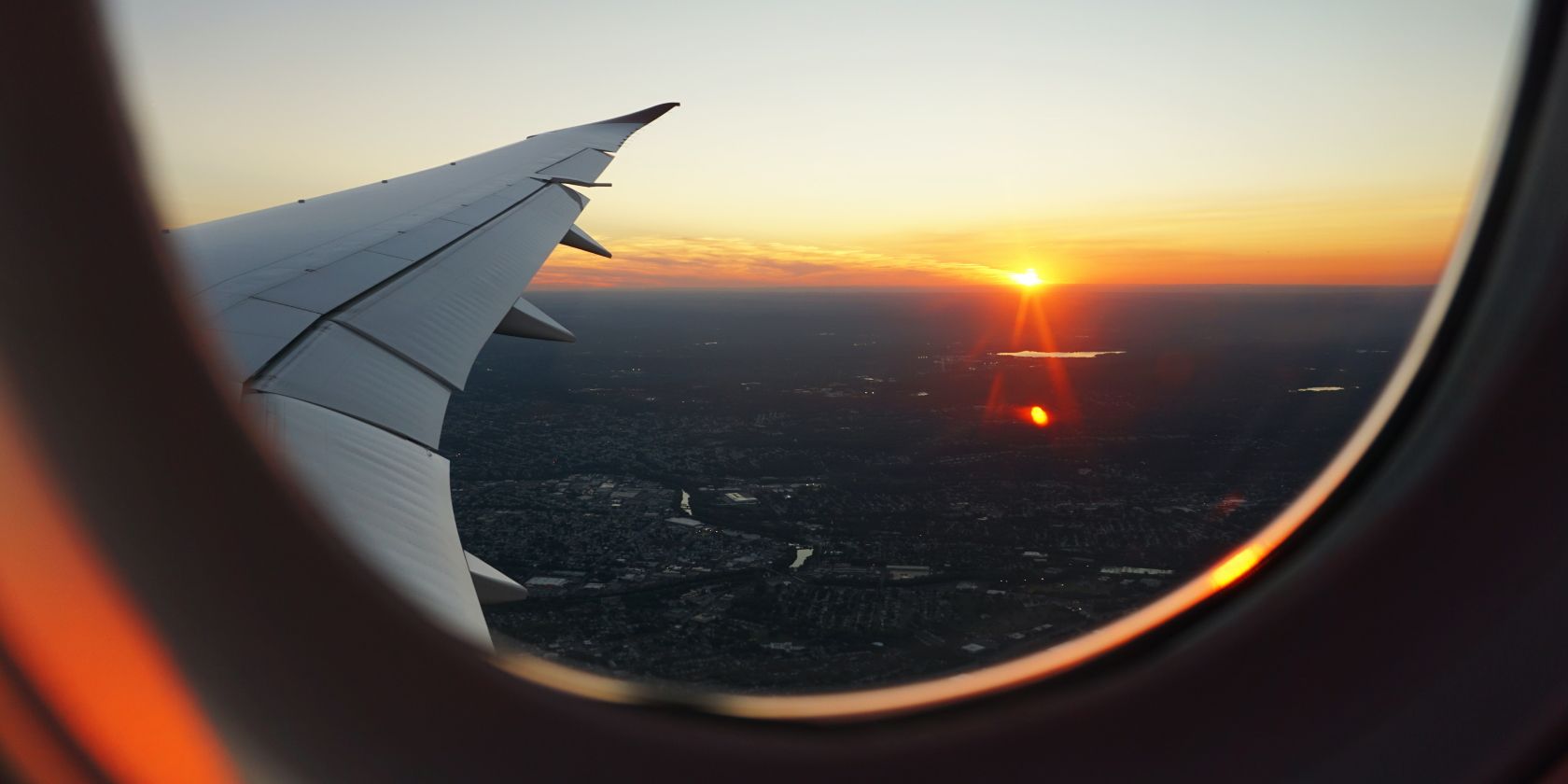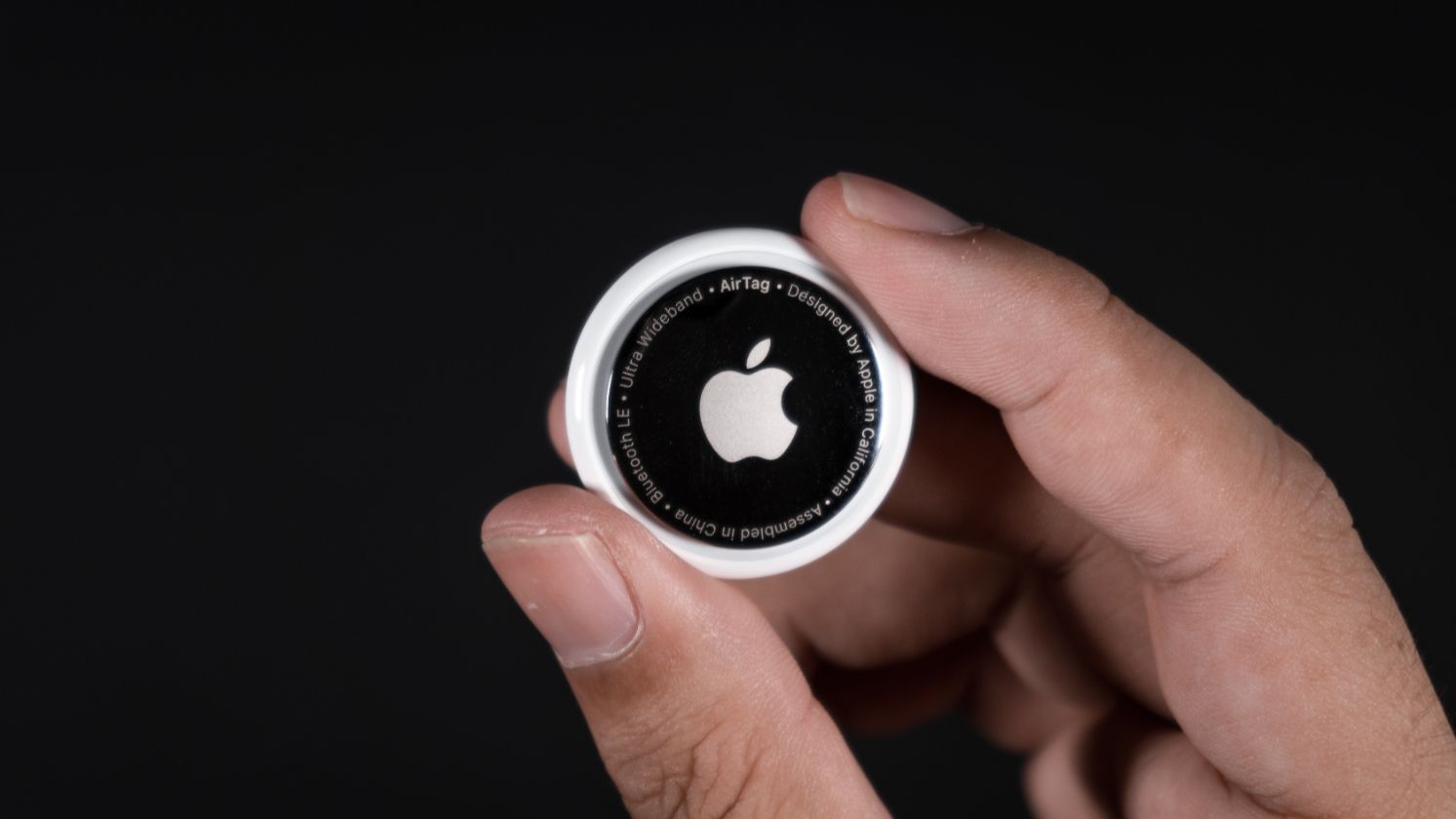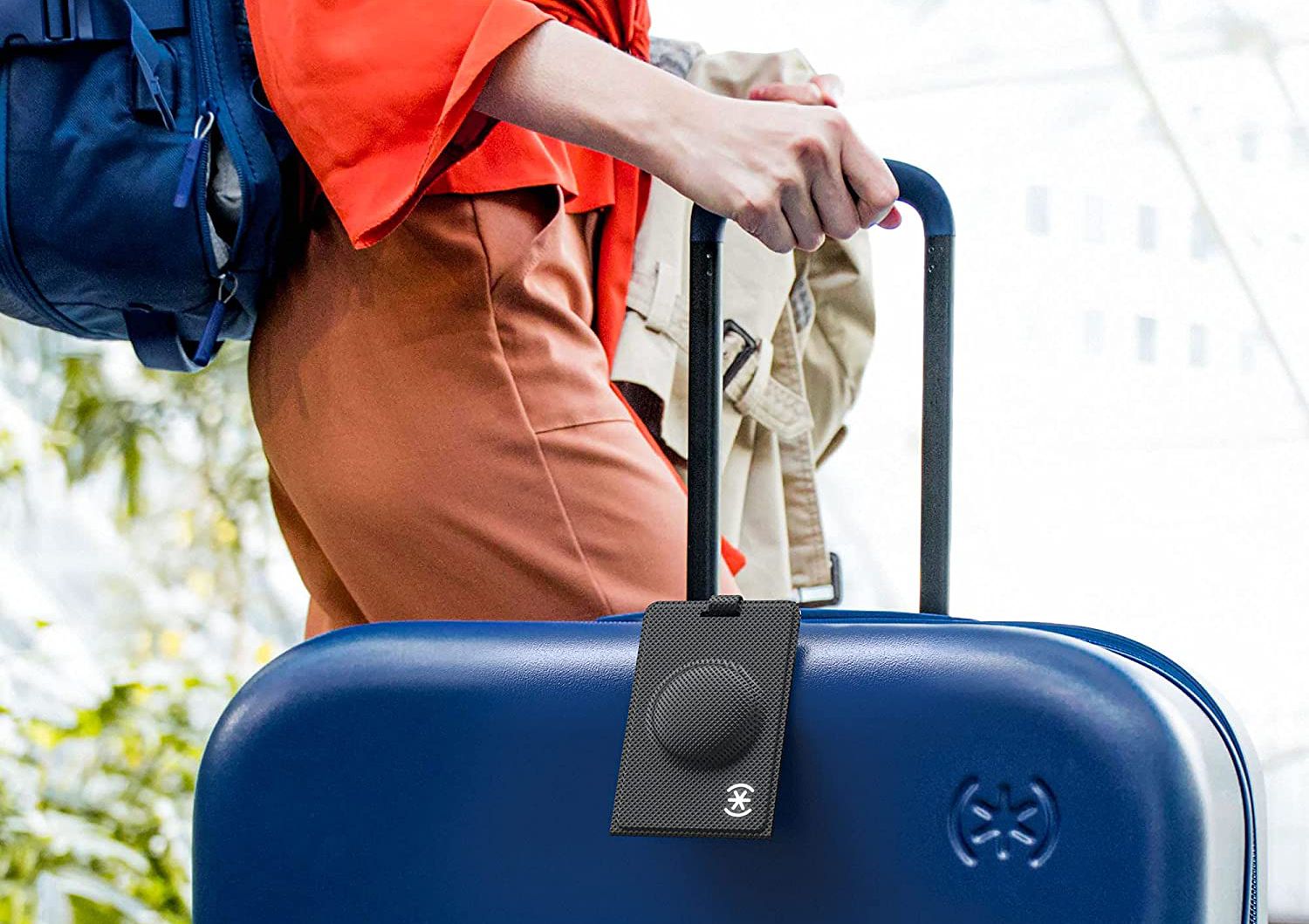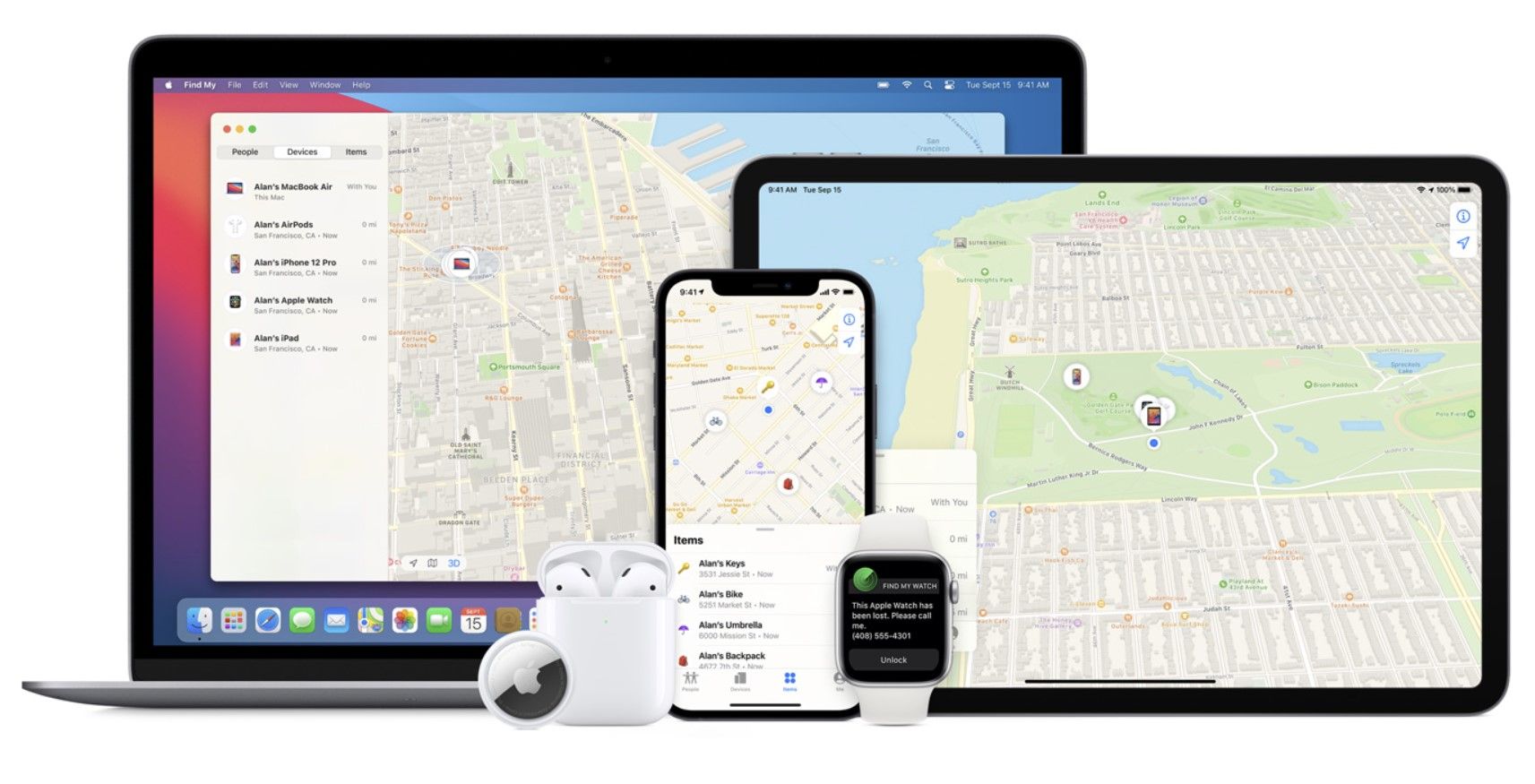When it’s time to hit the friendly skies for a flight, there’s one must-have accessory you might not have thought about: Apple’s AirTag.
Even though the trackers are best known for keeping tabs on everyday items like your keys, the technology can also help you make sure your luggage gets to its final location. And if your bag ever gets lost by the airline, you can hopefully track it down with your AirTag.
We’ll highlight everything you need to know about using an AirTag to track your luggage.
Are AirTags Allowed in Checked Bags?
You probably know that many larger lithium or lithium-ion batteries and checked luggage don’t go together. That’s because of the safety issue caused if they overheat and catch fire in the baggage compartment of a plane.
The FAA has a number of requirements for items containing batteries. But there’s no need to worry about using AirTags in your checked baggage. The coin cell battery powering the AirTag is so small it contains only 0.1 grams of lithium, well below the FAA limit.
Placing Your AirTag in Luggage
You can purchase a single AirTag for $29. To save a bit of money, or if you want to track more than a single bag, a four-pack is $99.
If you’re using a new AirTag to track a bag, getting started just takes a few minutes. You’ll place it near an iPhone and then go through a quick setup process.
To make it easy to locate, especially if you have more than one AirTag, you can customize its name and even choose an emoji.
Repurposing an existing AirTag is also easy. Head to the My Items tab of the Find My app. Select the AIrTag you want to rename. Scroll down to the bottom of the page and pick Rename Item. There you can pick a new icon and name.
With the AirTag ready to go, you can now focus on where to place the tracker.
There are a huge number of AirTag cases and holders available from Apple and a variety of other accessory manufacturers.
There are even AirTag holders that can also act as a luggage tag. The one advantage of attaching the AirTag to the outside of your bag is that you might be able to hear the tracker’s built-speaker noise which can be activated from the Find My app. But then you run the risk of the AirTag tearing off the bag during the transfer process.
A smarter place for an AirTag is inside your bag. While you likely won’t hear any noise when trying to locate the bag, you won’t have to worry about it getting damaged. It can still easily be tracked even under a mound of clothes.
How to Track Your Luggage With an AirTag
When you want to track your luggage on your journey, open up the Find My app and choose the My Items tab. Then pick the tracker in your luggage.
While your own iPhone can track the AirTag if close enough, the real power of the device is the Find My network. Made up of hundreds of millions of Apple devices, the encrypted and anonymous network can help you find the location of your AirTag and luggage even from around the globe.
Even at a small airport, you can likely track your luggage and even see it on the plane before you take off.
After landing, you can then again go to the app and see where your luggage is. With any luck, you can even see it move throughout the airport as it gets closer to baggage claim.
And in a worst-case scenario, if your luggage is lost on the way to your destination, the AirTag can help you better understand where it's located so you can better work with your airline.
Keep a Watchful Eye on Your Luggage With an AirTag
Air travel is many times a stressful affair. But while an AirTag won’t prevent an airline from losing your luggage, it will provide some peace of mind to help you know exactly where your bag is located.

